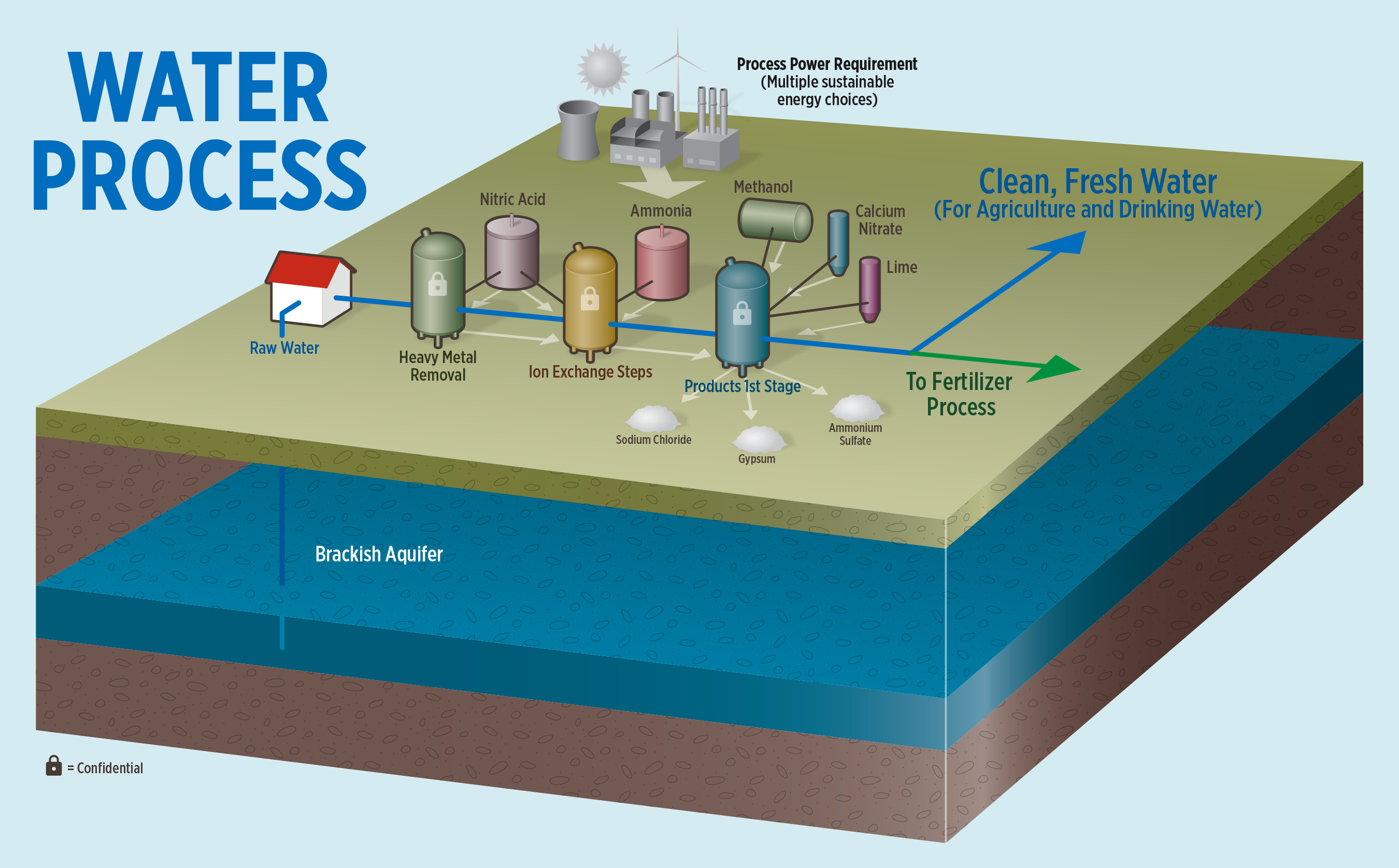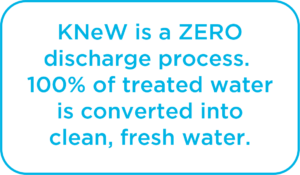A Global Problem
Drinkable, usable water is one of our most precious commodities. Yet in some corners of the world, it’s fast becoming one of our scarcest, including right here in the U.S. The good news: there are trillions of gallons of brackish ground water here. But brackish ground water is only usable after it’s been purified by the costly process of current purification methods.
844 Million / 2.3 Billion
844 million people live without access to safe water, and 2.3 billion live without access to improved sanitation.
Our Approach
90 Seconds
Every 90 seconds a child dies from a water-related disease.
According to Water.org, 1 in 9 people lack access to safe water; 1 in 3 people lack access to a toilet. More people have a mobile phone than a toilet.
Brackish water, or briny water, has more salinity than fresh water, but not as much as seawater. It cannot be consumed or used in agriculture. Brackish water may result when seawater mixes with fresh water, as in estuaries, or it may be found in inland brackish aquifers. Since many of the world’s inland aquifers are brackish water aquifers, there is a shortage of clean, fresh water in many communities around the world.
The KNeW Solution
KNeW can produce economically viable clean, fresh water for personal, industrial, and agricultural needs while simultaneously generating additional revenue from its primary products - fertilizers and plant nutrients.
KNeW water treatment plants can scale as communities grow, with expansion potential designed into the first facility. Its products, including high value fertilizer, can also form a basis for new business opportunities in local agriculture and food supply. Fertilizer and product marketing is managed by KNeW as part of its contracts with communities, and the company bears the fertilizer marketing and pricing risk.
KNeW’s technology is a patented, environmentally responsible industrial process that converts brackish water and acid mine drainage into clean water. Using our proprietary technology based on scientifically proven ion exchange processes, we restructure the ions in brackish water to extract potassium nitrate and other valuable fertilizers and plant nutrients, while producing clean, fresh water.
Our approach mitigates or eliminates two large costs that other processes face:
- High energy costs
KNeW allows for greater energy supply choices (solar, wind, hydro, natural gas). - Investment in disposal facilities for concentrated saltwater streams
KNeW generates almost no waste materials in its process.
The KNeW process is a zero-discharge treatment process, meaning that nearly 100% of the treated water is converted into clean, fresh water. Evaporation accounts for approximately 2% of the total water.
Current Water Treatment Processes vs. KNeW Process®
It’s true that sea water and brackish water near a coastline may be less costly to convert to pure water using current desalination processes, because the brine from that water can be returned to the sea. However, this process is extremely costly and harmful to the environment in locations that are further inland. Instead of going back to the sea, the brine needs to be disposed of and treated. Current desalination processes have adverse effects on ground water composition and water tables.
The KNeW Process changes all that. It’s a patented method involving ion exchange. The KNeW process recovers water and converts the brine to potassium nitrate and ammonium sulfate fertilizers. The sale of these fertilizers allows the KNeW process to sell water at competitive rates and offset treatment costs.
Our Story

How the KNeW Process® Works
-
Brackish water from rivers or underground aquifers is filtered to remove coarse particles.
-
The water is pumped through an ion exchange battery to remove all the dissolved ions.
-
The process removes the substance most damaging to the earth’s crust—sodium.
-
Residual nitrates are recycled or treated to create useful products for agricultural, chemical and other industries.
References and Resources
- UN Water. (2013). UN-Water on water and gender.
- World Health Organization. (2012). Global costs and benefits of drinking-water supply and sanitation interventions to reach the MDG target and universal coverage.
- World Health Organization and UNICEF Joint Monitoring Programme (JMP). (2017). Progress on Drinking Water and Sanitation, 2017 Update and MDG Assessment.
-
The 11 cities most likely to run out of drinking water - like Cape Town
- Texas Groundwater Association
For technical information information, please contact us.



